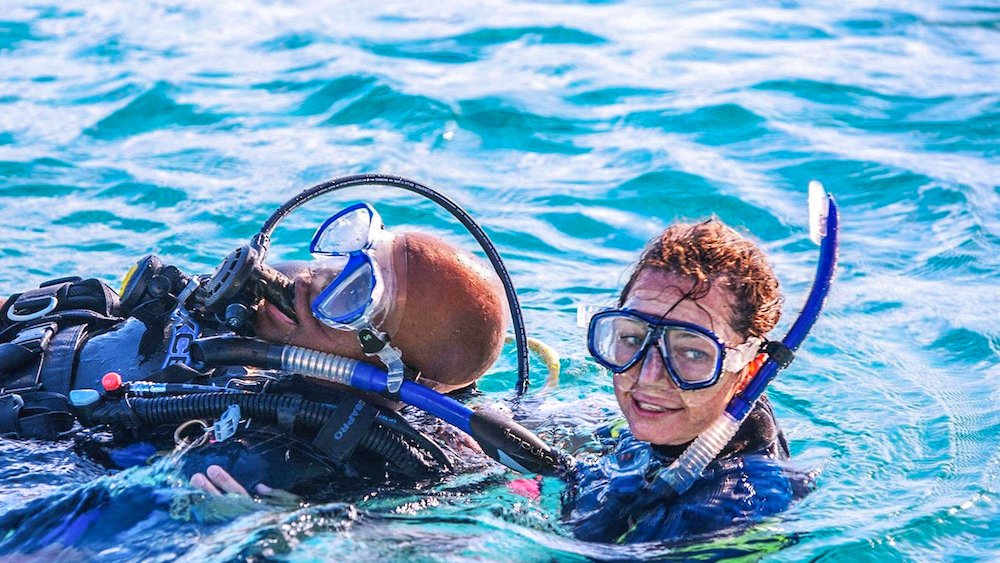
Rescue Diver Course FAQs and Answers
If you are looking to advance your diving journey and allow yourself to make diving safer for you and other enthusiasts, then taking the Rescue Diver Course is for you. This course will help you gain the right skills and knowledge so you can be safe underwater and assist in diving emergencies that could potentially save lives.
In this post, we will answer frequently asked questions to help you understand more about the Rescue Diver Course.
What is a rescue diver course?
The rescue diver course is a challenging yet rewarding class that will train you to prevent and manage diving emergencies. You will learn rescue procedures through knowledge development sessions and practice them through realistic open-water exercises.
What topics does the rescue diver course cover?
The rescue diver course covers self-rescue, recognizing and handling stress in other divers, working with equipment problems, and managing other emergencies.
In particular, you will learn (but not limited to) the following topics:
- Developing diving safety techniques
- Enhancing navigation skills
- Identifying divers in distress at the surface or underwater
- Rescuing another diver or yourself
- Fixing minor diving gear issues
- Dealing with hyper/hypothermia
- Using and providing emergency oxygen
- Managing unresponsive divers
- Delegating tasks during an emergency
What are the PADI rescue diver course requirements?
To enroll in a rescue diver course, you need to meet the following prerequisites:
- Be at least 15 years old or 12 years old for the Junior Rescue Diver
- Be an Adventure Diver who has completed the Underwater Navigation Dive
- Completed the Emergency First Response (EFR) Primary & Secondary Care course, including CPR and First Aid, within 24 months
How long does it take to complete the Rescue Diver Course?
Depending on your school, it will take around 4 days to finish the course. There will be knowledge development sessions followed by dives and training exercises. You will spend very little time in the pool and do most of the training in open water.
What are the benefits of being a certified rescue diver?
Becoming a certified rescue diver offers many benefits. It equips you with the skills needed to assist others in emergencies, making diving safer for everyone. It also enhances your confidence while diving. Finally, being a certified rescue diver makes you a more aware and responsible diver.
Where can I take a rescue diver course in the Philippines?
You can take a rescue diver course at most dive centers or training facilities in the Philippines. Some popular locations for diving schools in the Philippines include Anilao in Pampanga, Puerto Galera in Palawan, and Moalboal and Malapascua in Cebu. Be sure to research and choose a reputable and certified dive center with experienced instructors for your rescue diver course.
Rescue diver course Philippines: how much does it cost?
Taking a rescue diver course in the Philippines ranges between PhP16,500 to PhP25,000. These typically include e-learning access, instruction manuals, equipment rental, certification and license fees, boat rental, and dive site entrance fees. Other dive schools also offer optional add-ons, such as resort stays and meals.
What path can I go to after completing the rescue diver course?
Acquiring a Rescue Diver course can open up various job opportunities and paths in the diving industry with additional training. These include becoming a divemaster, a scuba diving instructor, a conservation diver, an emergency response diver, and a dive shop employee.
So if you are passionate about diving and want to play a more active role in ensuring your safety and that of others underwater, enrolling in a rescue diver course is an essential step. By gaining the necessary knowledge and skills, you’ll be better prepared to handle diving emergencies, making scuba diving not just fun, but also safe.
Are there any more questions about the Rescue Diver Course you want to ask? Please feel free to contact us. Inquire now!
Click buttons to know more:



